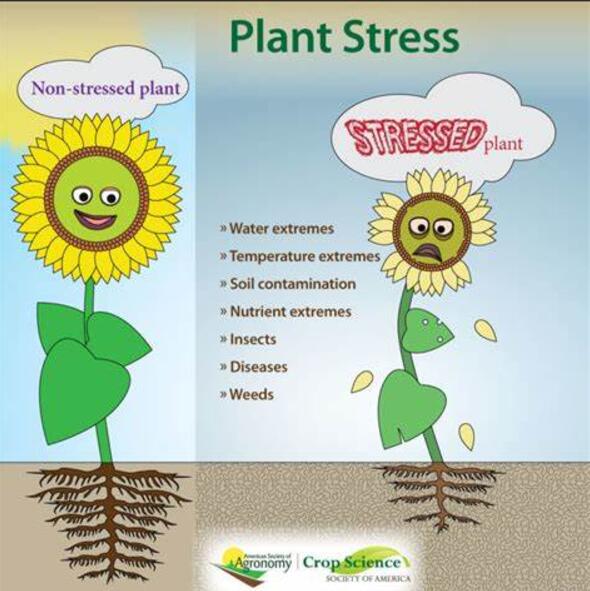ApHKT1 confers salinity tolerance in Apocynum by restraining the intake of Na+/K+in root tissues
IF 6.8
Q1 PLANT SCIENCES
引用次数: 0
Abstract
Apocynum, exhibiting tolerance to severe salt stress, provides important materials for textile, medicine and biofuels. However, the underlying mechanism of Apocynum adapting to salt stresses remains poorly understood. In this study, physiological methods combined with bioinformatics tools were employed to insight the mechanism of Apocynum responding to salt stresses. Three representative species, A. hendersonii, A. venetum and tetraploid of A. venetum and NaCl treatments ranges from 50 mM to 400 mM were compared to reveal a comprehensive profile of the plants under salt stresses. As a crucial phenotypic characteristic for selecting plants that exhibit resilience to salinity and drought stress, the root-to-shoot ration of Apocynum was increased significantly while the growth of Apocynum was markedly inhibited as the degree of salt stress intensifying. The stomatal apertures on the leaf epidermis of Apocynum significantly narrowed in response to salt stress, and the chlorophyll content exhibited an overall declining trend. Salt stress notably elevated the Na+ and K+ content in the roots, stems, and leaves of Apocynum, with a significant decrease in the K+/Na+ ratio, while A. hendersonii showing the greatest change in this ratio. Phenotypic analysis indicated that A. hendersonii possessed the strongest salt tolerance among the species. ApHKT1, the highly conservative protein in the three species which primarily expressed in roots were hypothesized to adapt to salt stress by regulating the transportation of Na+ and K+. Although the content of Na+ and K+were increased in stem and leaf, there was no significant accumulation of Na+ and K+in root tissues. Expression pattern analysis found that ApHKT1 were significantly down-regulated under the rising salt stress in the root. These results suggested that Apocynum mainly take the strategy of reducing of ApHKT1 expression and the Na+/K+ intake to maintain the ion balance under salt stress.
求助全文
约1分钟内获得全文
求助全文
来源期刊

Plant Stress
PLANT SCIENCES-
CiteScore
5.20
自引率
8.00%
发文量
76
审稿时长
63 days
期刊介绍:
The journal Plant Stress deals with plant (or other photoautotrophs, such as algae, cyanobacteria and lichens) responses to abiotic and biotic stress factors that can result in limited growth and productivity. Such responses can be analyzed and described at a physiological, biochemical and molecular level. Experimental approaches/technologies aiming to improve growth and productivity with a potential for downstream validation under stress conditions will also be considered. Both fundamental and applied research manuscripts are welcome, provided that clear mechanistic hypotheses are made and descriptive approaches are avoided. In addition, high-quality review articles will also be considered, provided they follow a critical approach and stimulate thought for future research avenues.
Plant Stress welcomes high-quality manuscripts related (but not limited) to interactions between plants and:
Lack of water (drought) and excess (flooding),
Salinity stress,
Elevated temperature and/or low temperature (chilling and freezing),
Hypoxia and/or anoxia,
Mineral nutrient excess and/or deficiency,
Heavy metals and/or metalloids,
Plant priming (chemical, biological, physiological, nanomaterial, biostimulant) approaches for improved stress protection,
Viral, phytoplasma, bacterial and fungal plant-pathogen interactions.
The journal welcomes basic and applied research articles, as well as review articles and short communications. All submitted manuscripts will be subject to a thorough peer-reviewing process.
 求助内容:
求助内容: 应助结果提醒方式:
应助结果提醒方式:


